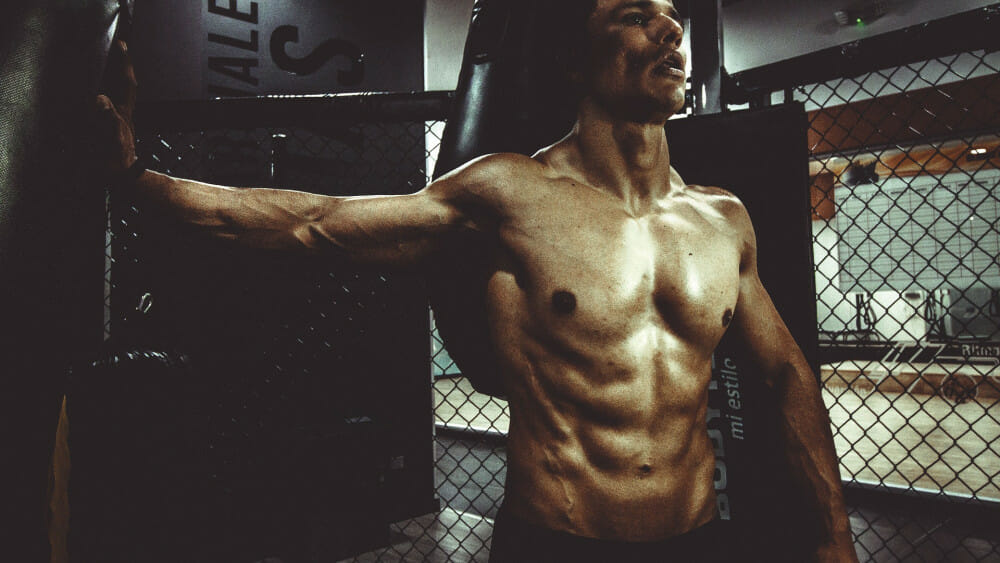Almost Every Trainer Advice You Not To Do This Standing Ab Exercise
Many fitness trainers are fans of standing ab exercises. Compared to floor-based core work, like crunches, they put less of a strain on your neck, and they tend to be more challenging since they require a certain level of balance as you work your abs. But while many standing ab exercises are A-plus, the standing side bend is one variation that trainers would really prefer you to skip.
This particular standing ab move involves standing up straight with a weight in one hand and bending your torso down sideways, allowing the weight to dip from your hip area down towards your knee, then coming back upright. It’s meant to strengthen your obliques and your waist, but there’s one issue: It’s not such a great idea for your body to move like that.
“Your body isn’t naturally supposed to go into that movement, especially with a weight,” says Nick Hounslow, fitness trainer and founder of 1WRKOUT. “It’s dealing with the very unstable lumbar-pelvic area, and it can lead to exacerbated back pain or sharp pains in the lower back, and can also increase spinal disc degeneration.” Besides the risks for your spine, if your feet aren’t properly spaced, side bends can affect your knees, says Hounslow. This, he explains, can cause a domino effect of other injuries in your back.
According to physical therapist May Kesler, PT, this sort of side bend creates a strain on the lateral spinal joints and softer tissue. “Since spinal disc herniations happen most often with a posterolateral twist [which involves twisting your knee sideways], and we never move in pure, sharp angles, doing the side bend with a weight can be too much stress on your spinal discs, psoas muscle, and lumbodorsal fascia [in your lower back], too,” she says.
Things can be exacerbated even further if you choose the wrong weight. “If you use too heavy of a weight, it’s not a great exercise for your obliques and could contribute to imbalances in your body and even back pain,” says Erica Ziel, Pilates instructor and core specialist. Hounslow agrees, adding that the side bend works with small muscles in your side core that are typically weaker than your larger muscles. “So when you add too much weight, other muscles counterbalance these smaller, weaker muscles, which is where you get a lot of injuries,” he says.
Even though trainers want you to skip the side bend entirely, you’ve still got plenty of other exercises to choose from that’ll effectively hit your obliques. Hounslow likes a variation in which you hold a towel straight above your head as you stand with your feet more than shoulder-width apart. “All you do is very slowly breathe in and dip to one side, but at a slight diagonal to the front so that you get the front portion of your abs, too,” he says, noting that this takes away from the side bend risks. “This way, you can loosen some tightness, increase flexibility, and tone the area safely.”
Another side core-busting option? “I’d recommend a side plank,” says Hounslow. “There are so many different ways to do it that are safer on your body that do amazing things to your obliques.” Watch below to learn how to do it in perfect form.














